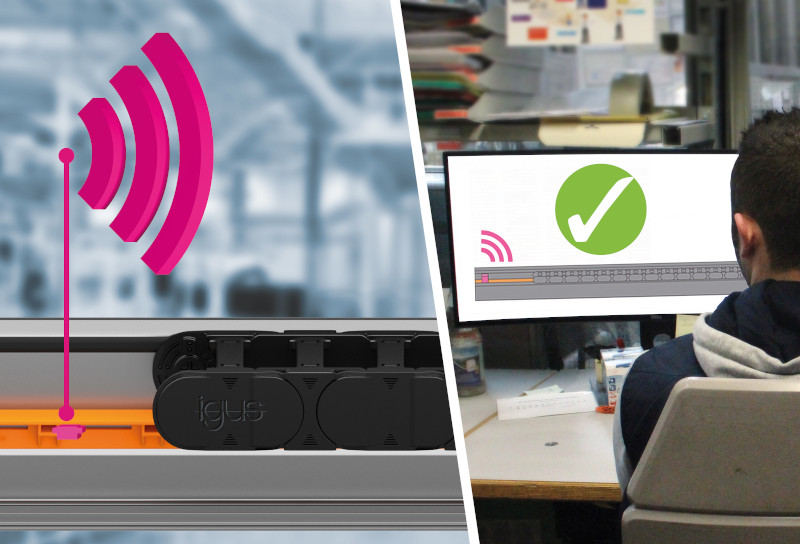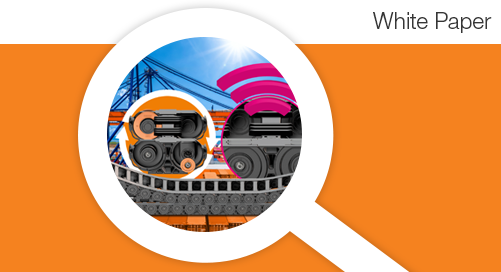Eliminate Unplanned Downtime with Machine Condition Monitoring for Cable Carriers

The field of condition monitoring is now all-encompassing. There are hardly any things or places that are not permanently monitored. Some people associate the term surveillance with negative aspects, but in the area of ??energy supply, condition monitoring should be viewed as positive, useful, helpful and safe monitoring. Condition monitoring is particularly beneficial in the manufacturing industry, where machine failure can be entirely prevented, and worker safety can be improved. The top priority is always safety for people and machines. Here is a small list where surveillance is an added value:
- Tire pressure sensor
- Rain sensor
- Temperature sensor
- GPS sensor
- Kitchen bathroom scales
I also hope the kitchen scales with their sensors passed as a positive association. It is also noticeable that (status) monitoring without sensors is almost impossible. An e-chain® cable carrier, or at least its direct attachments, can also be equipped with a wide variety of simple sensors. The big advantage of this technology is that you don't need any additional software or an additional computer. The only thing that is required is electricity, which in most cases is not a problem with an e-chain.
i.Sense - condition monitoring from igus®
Condition monitoring at igus® goes by the name i.Sense, which is derived from the English “I feel”. The area is currently divided into three monitoring options:
- EC.P - The tensile force measurement
- EC.B - The break monitoring
- CF.P - The traction monitoring by chainflex® cables
What Is i.Sense EC.P and How Does It Work?
At the top of the list of the most commonly installed sensors so far is the tensile force measurement. This type of force measurement is mainly used for sliding travel distances from 15m. This force sensor measures, purely mechanically, the tensile and shear forces occurring on the e-chain. With the sliding movement of an e-chain, the tensile force occurring on the driver increases or decreases depending on its position in the travel path. On one side of the travel path, the driver must pull the entire weight of the e-chain (end position 1 = high tensile force). If the driver is on the other side (end position 2) of the travel path, the pulling force from the chain is only minimal.

If these, let's call them force limits, are defined for the corresponding application, the sensor (EC.P sensor) can be adjusted and mounted on the driver. This sensor is then only connected to the EC.P module, which is located directly in the machine's control cabinet. If, from this point on, the drag-and-thrust forces of the drag chain for whatever reason (ice, snow, object, animal or possibly even a person in the guide trough) exceed the set limits, a warning message can be issued or the system can be stopped directly if needed.

It's that easy to make your e-chain safe and smart. I hope I was able to shed some light on an area of ??condition monitoring and show that implementation is not difficult or complex.
Visit our webpage to learn more about our smart sensors or contact our e-chain® Product Manager with any questions.



